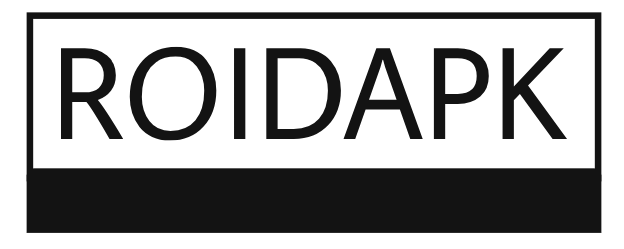Introduction
Building responsive MERN applications is essential in today’s mobile-driven world, where users access websites from a variety of devices with different screen sizes. The MERN stack (MongoDB, Express.js, React, Node.js) offers a powerful combination for creating dynamic web applications, but ensuring these apps are responsive requires careful attention to design, layout, and performance. By following best practices such as mobile-first design, responsive grid systems, and optimizing media and components, developers can create seamless experiences for users across devices and platforms. Aspiring professionals must check the Mern Stack Developer courses for more information.
Best Practices For Building Responsive MERN Applications
Building responsive MERN (MongoDB, Express.js, React, Node.js) applications requires careful attention to both the front-end and back-end to ensure the application provides a smooth user experience across devices of all sizes.
Here are some best practices for creating responsive MERN applications:
1. Mobile-First Design Approach
Start by designing for the smallest screens first, then progressively enhance for larger screens. This ensures that mobile users have an optimized experience. You can use CSS media queries to apply different styles based on screen size. This approach keeps the user interface (UI) lightweight and focused on essential features for mobile users.
Example:
“@media (max-width: 600px) {
/* Styles for mobile devices */
}”
2. Responsive Grid Systems
Use a flexible grid layout, such as Bootstrap or CSS Grid, to organize the page content in rows and columns. This allows the page to rearrange itself depending on the viewport size. React libraries like react-bootstrap or Material-UI provide pre-built grid systems that are responsive and easy to integrate. Refer to the React JS Course to learn more.
3. Fluid Images and Media
Make sure all images and media files scale properly to the screen size. Use the max-width: 100% CSS rule to ensure images are not stretched beyond their container and remain responsive. Also, consider using the picture element to provide different image sources for different screen sizes.
Example:
“img {
max-width: 100%;
height: auto;
}”
4. Lazy Loading for Improved Performance
To ensure fast page loading on mobile and desktop devices, implement lazy loading for images, components, and routes. React offers tools like React.lazy and Suspense to defer loading of non-essential components until needed, improving the performance of your application.
Example:
“const MyComponent = React.lazy(() => import(‘./MyComponent’));”
5. Consistent Design Across Devices
Use a design system or UI library (e.g., Material-UI, Ant Design) to ensure consistency in look and feel across different screen sizes. These libraries offer built-in components that are designed to be responsive and accessible.
6. Test on Multiple Devices
It’s essential to test your MERN application on multiple devices and browsers. Use browser tools like Chrome’s DevTools device simulator to check responsiveness, and test on real devices for more accurate results.
By following these practices along with pursuing the NextJs Certification, your MERN applications will be well-optimized for all users, whether on mobile, tablet, or desktop.
Conclusion
To sum up, building responsive MERN applications involves focusing on mobile-first design, flexible grid systems, fluid media, performance optimization, and consistent UI across devices. Testing across different devices ensures a seamless experience for users. Implementing these best practices will enhance the usability and accessibility of your web applications.
FAQs
- What is mobile-first design in MERN applications?
Mobile-first design prioritizes creating the user interface for mobile devices first, then adapting it for larger screens. This ensures a smooth experience for mobile users before scaling up.
- How can I make images responsive in my MERN app?
To make images responsive, use the CSS property max-width: 100% and height: auto. This ensures images scale proportionally based on the container’s width.
- What is lazy loading in MERN applications?
Lazy loading defers the loading of non-essential resources, such as images or components, until they are needed. This improves app performance by reducing initial load times.
- How do I implement a responsive grid in React?
You can use React libraries like react-bootstrap or Material-UI’s grid system. These libraries provide pre-built components that automatically adjust based on screen size.
- Why is testing on multiple devices important for MERN apps?
Testing across various devices ensures your application performs well on different screen sizes, browsers, and platforms, providing a seamless user experience and identifying potential issues.

